Modern And Traditional Interior Design
The two main styles of interior design are the traditional style, incorporating all that is ornate, comfortable and classic, and the modern style, where form and function are combined for a more clean and uncluttered look. This article describes the main characteristics of each style and those of a third style, ‘transitional’, that combines the best of both worlds.
Traditional
Traditional rooms are designed with comfort rather than style in mind. They reflect consistency, order and attention to detail and have a restful, homey, unfussy feel to them. Furniture is often reproduction and everything is placed in pairs and goes together. Edges are soft and curved and fabric colours and patterns are often muted and understated, with florals featuring heavily.
A traditionally decorated home usually has a separate formal dining room, with a long wooden dining table and chairs arranged neatly along its length and with a matching sideboard for china, glass and silverware. Ceilings are often white with ornate mouldings and walls feature a flat finish or wallpaper. Window treatments are often heavy drapes with underpinnings of pinch-pleated sheers.
Accessories can include pairs of lamps, plants, urns, mirrors, large ornate rugs and shelves lined with books. As its name suggests, a traditional interior features everything that is calm, comfortable and classic.
Modern
Modern interior design is everything traditional design is not. It grew out of the Bauhaus design movement in Germany in 1919 and is based on the philosophy that form should combine with function. Hence, modern furniture pieces are often made from industrial materials such as glass and metal and may be modular in their design, often featuring innovative storage options.
Modern interior design is also influenced by Japanese design, which views space not as emptiness, but as an integral part of the design. Modern furniture features clean, straight lines, contrasted by plain walls, usually in one main accent colour, to produce a cool and uncluttered effect. Modern blinds are usually slimline and elegant, controlling the light without interrupting the view.
Transitional
With traditional and modern design being such opposites, it was inevitable that people would look for some middle ground, where the best elements of each could be enjoyed. That middle ground is the transitional style of interior design. It is a marriage of traditional and modern furniture, finishes and materials that produce an overall look of elegant yet comfortable simplicity.
It features simple lines and neutral colours and uses light to create a feeling of warmth. Furniture lines can be straight with the occasional curve and are neither masculine nor feminine, but comfortably neutral. Colours are subtle and include ivory, beige and tan and warm woods and feature-lighting help to contribute to this warm, inviting feel. Accessories can include both traditional and modern pieces. Window treatments are often either modest drapes fixed on plain wooden rods, or clean-line Roman blinds.
In short, a transitional look is neither overly ornate nor severely basic, but somewhere in between; a blend of comfort and practicality that is much more suited to normal modern living.


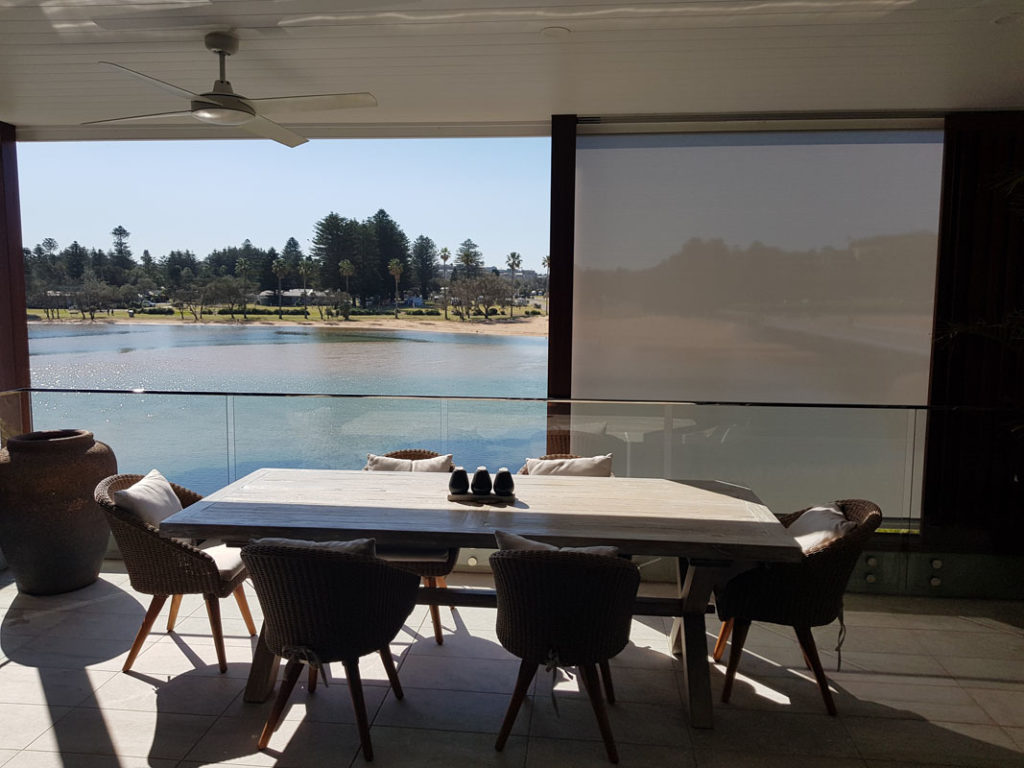
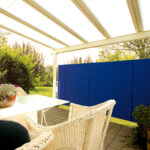
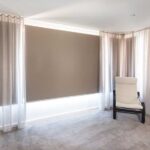


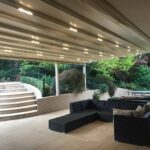



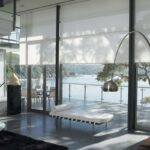


No Comments